Want to do business in the largest Asian English-speaking country in South East Asia? Then don’t miss the chance to exploit the British Philippine Business Council’s extensive business connections when they visit Manila between 18-22 November 2013. 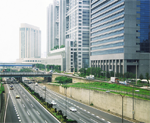
The Philippines Introduction
The Philippines with over 98 million people is one of the largest markets in SE Asia and one of the largest English-speaking countries in the world. The economy grew by 6.6% in 2012 and prospects for 2013 are upbeat following the recent BBB- investment grade rating by rating agency Fitch. The UK has excellent and historic trade relations with the Philippines with £332m exports of goods in 2012 – up almost 20% on 2011. The UK has also been the largest foreign investor over the last ten years with combined investments close to £10 billion.
The PBBC
The Philippine British Business Council (PBBC) exists both to create and to add value to the trade, investment and business links between Britain and the Philippines. We do not duplicate the work of existing trade and investment promotion and institutions, but will add a new level of creativity and initiative based on the business acumen, experience and contacts of its members. The PBBC is business-led with its members drawn from senior decision-making levels of companies taking part. It promotes trade between The Philippines and Britain and includes Philippine British co-chairmen in ICT, Agribusiness, Power/Energy, Retail and Tourism sectors although the PBBC Business Delegation in November offers all UK firms the chance to engage with this important and strategic market for the UK.
Programme
The inaugural PBBC Business Delegation offers UK companies (exporters or potential investors) the chance to gain exposure in the market, research further opportunities and of course enjoy key introductions to senior business contacts utilising our wide range of business and government networks. The programme will include several networking events, briefings at key Government departments and business introductions. There is also the opportunity to add additional meetings utilising the local British Embassy’s services and to employ PBBC experts for hands-on help if required. The Delegation will be led by PBBC’s UK Chairman Nigel Rich. UK firms will meet their own travel and hotel costs and might need to contribute some incidental costs to cover participations at Receptions etc.
Further Information
Sign up or express interest by contacting Eamonn Staunton, PBBC Philippine Trade Delegation Secretary on 0790 277 1989 or by e-mailing your details to Staunton1964@hotmail.com.


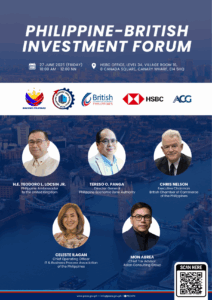
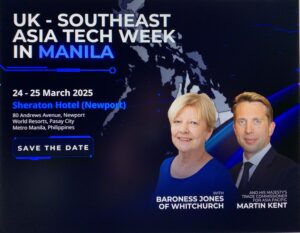

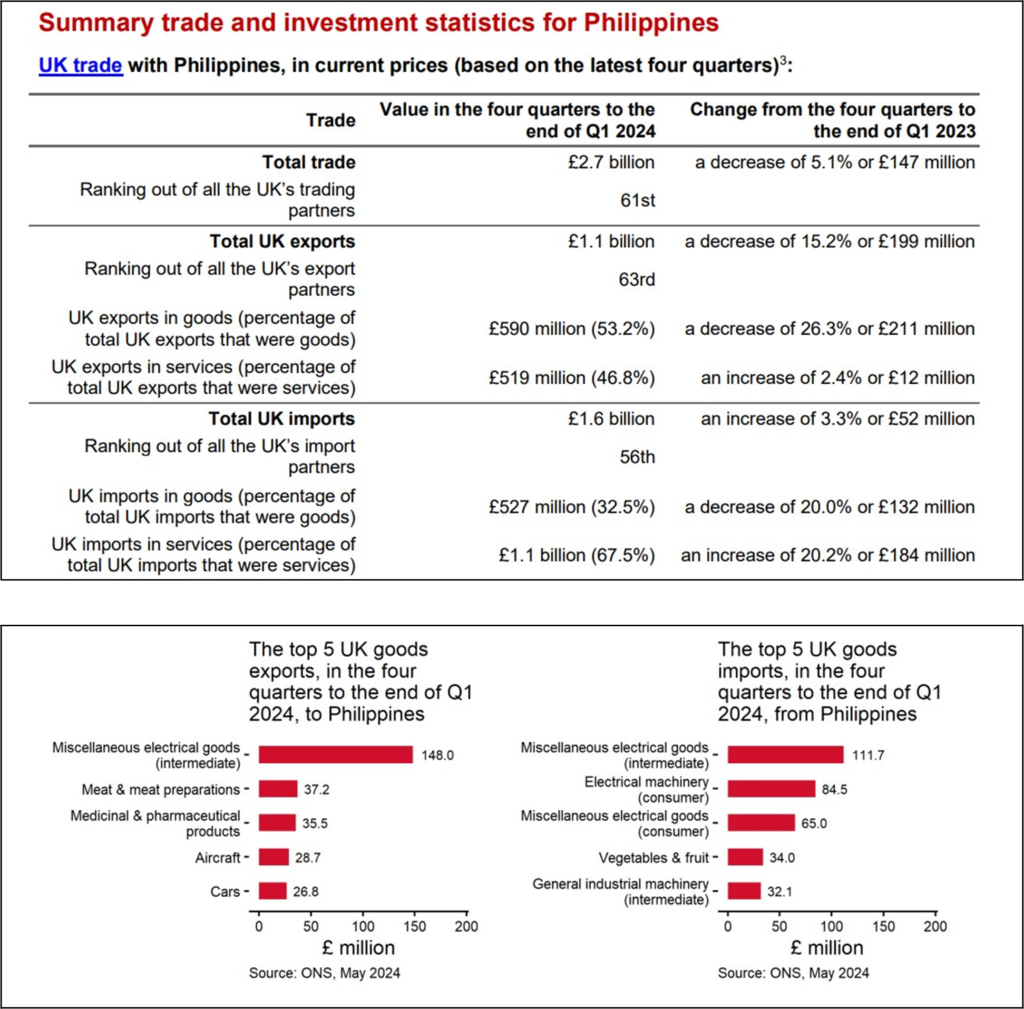
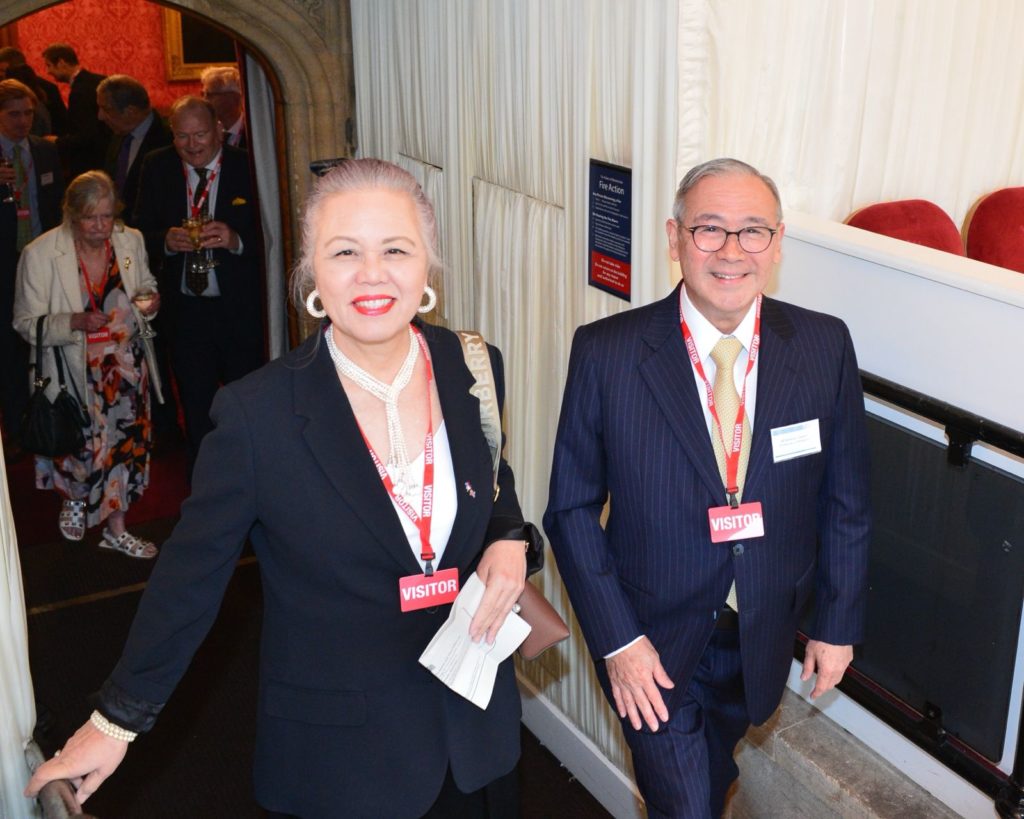


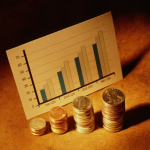
Recent Comments